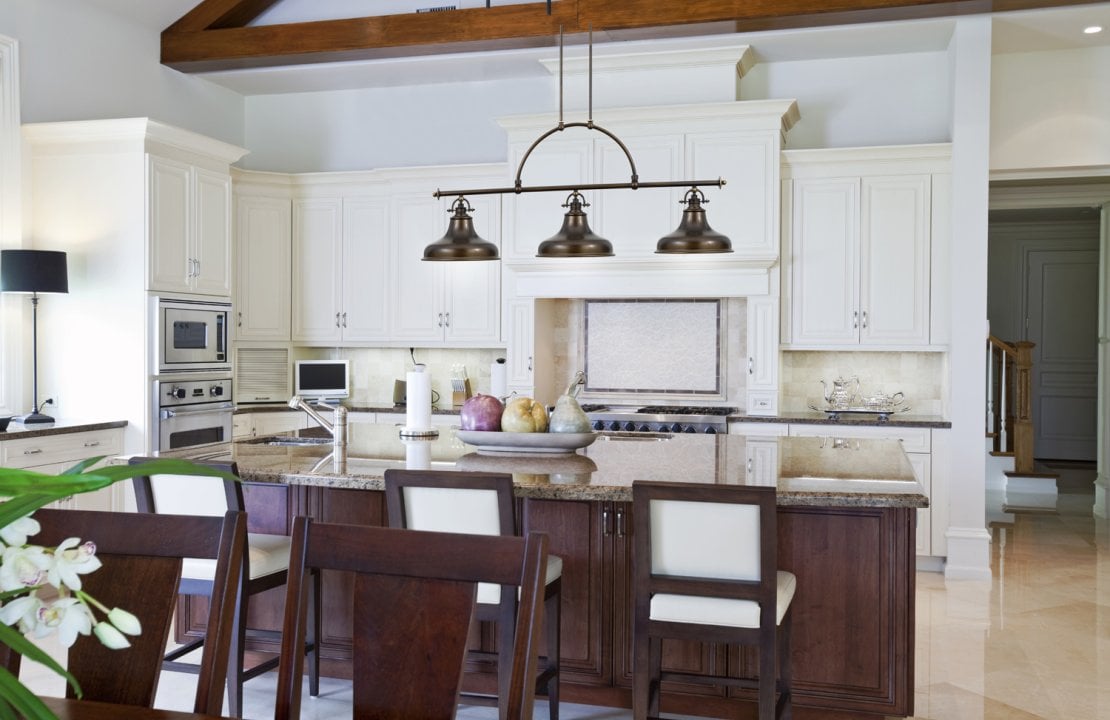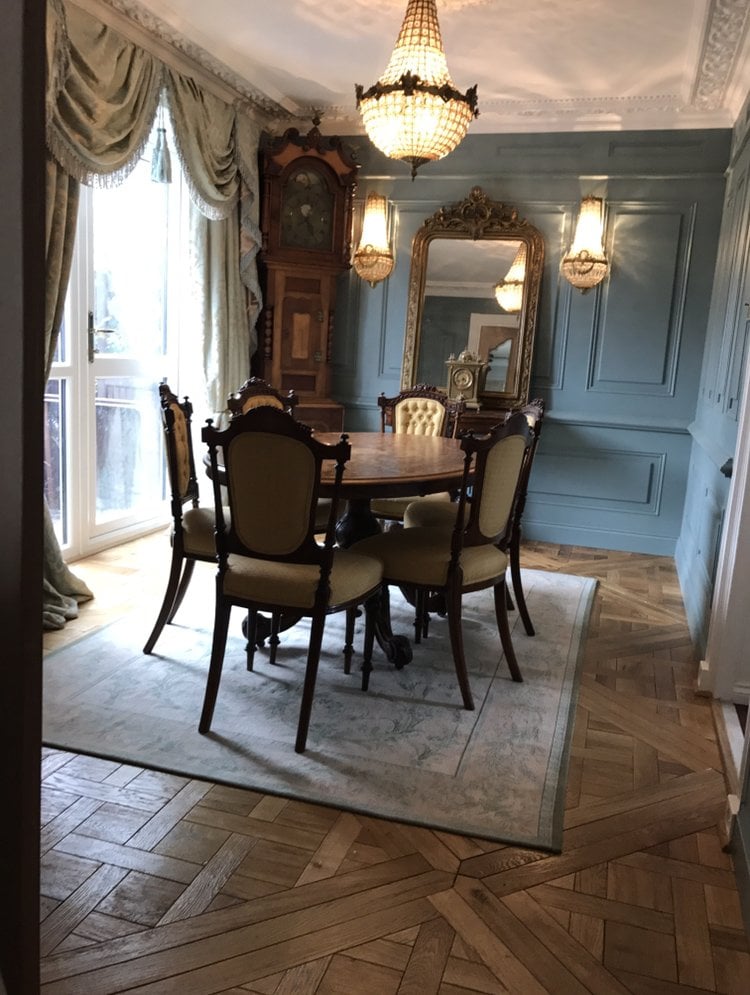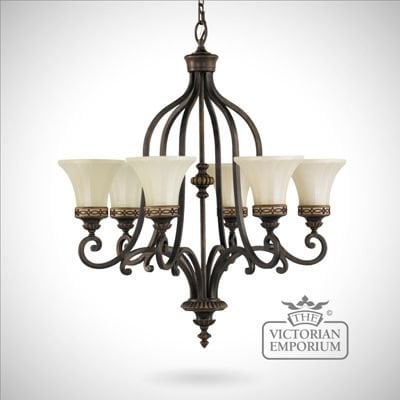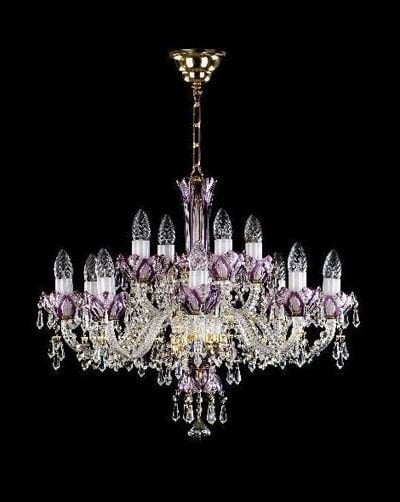How large is the room?
It sounds obvious but the larger the room the more lighting will be required. In a room that is approximately square, the obvious choice is one large ceiling light. In many houses where two reception rooms have been joined together and therefore the main reception room is rectangular, you are likely to require one ceiling light at either end.
How high is the ceiling?
This again seems obvious but if you have a high ceiling you need a light that hangs on a fairly long chain.
If you have a low ceiling, you need a light that is flush mounted ie the main part of the light attaches to the ceiling and there is no chain, or one that doesn’t hang on too long a chain. Otherwise taller people will bang their heads on the light.
The only exception to this is ceiling lights hanging over dining room tables. You need to plan these carefully however. Before installing wiring for your ceiling light, work out exactly where your table will sit in the room and make sure that the light hangs exactly in the centre of the table. Otherwise the room will look odd.
What other lighting is going to be used in the room?
If you also plan to have wall lights, these need to coordinate with and complement the ceiling light. Many ceiling lights and wall sconce are sold in matching sets. You don’t want too much light or too little light in the room so think about the required brightness of each light source in your room and choose lights accordingly or change light bulbs to fulfil the requirements.
What is the function of the room?
Bedrooms need far less light than studies or kitchens. If choosing bedroom lights think about the function of the room and where lamps will be used. You may want to concentrate lighting towards the dressing area and have soft pools of light near the bed in the form of bedside lamps.
A reception room looks best with several pools of soft light; so a large central ceiling light, potentially some wall lights to top this up, and a couple of lamps around the room where people might sit and read.
A kitchen by contrast needs lots of strong bright lighting around food preparation areas either in the form of downlights or ceiling lights, and softer lighting around an eating area.
The Victorian Emporium's ceiling chandelier
What’s the feel of the room?
If your room has a luxurious feel, a perfect choice for a ceiling light is a chandelier.
The Victorian Emporium's coloured chandelier
If the feel is more urban or contemporary, brass or chrome lighting with glass shades can work well.
What’s the colour scheme in the room?
Try to find a light that complements your colour scheme. Cold colours tend to lend themselves to chrome or silver lighting. Warmer colours suit brass or gold lighting. If your colour scheme is white or neutral, you can choose any type of lighting. In old interiors with traditional finishes however it’s best to stick to traditional type lighting in traditional materials such as brass, gold, bronze or dark patina.
What’s the budget?
The sky’s the limit for lighting. Chandeliers can be purchased anywhere from £100 to tens of £1000s.
The Victorian Emporium's large ceiling chandelier
However lighting is something that if well chosen, can be kept for years and years. A good quality Bohemian crystal chandelier will not only hold it’s value, but good quality antique chandeliers actually increase in value the older they get. So don’t skimp on your ceiling lights – buy something that will enhance your room. If you get it right, there’s every chance that when you come to sell your house, your purchaser may wish to buy your lights so you won’t even have the hassle of dismantling and moving it.
---------------------------------------------------------------------------------
The Victorian Emporium sells a great choice of ceiling lights along with wall lights and lamps for all the rooms in your home including all of the above designs. You can read our ultimate guide to period property renovation here.







Be the first to add a comment...